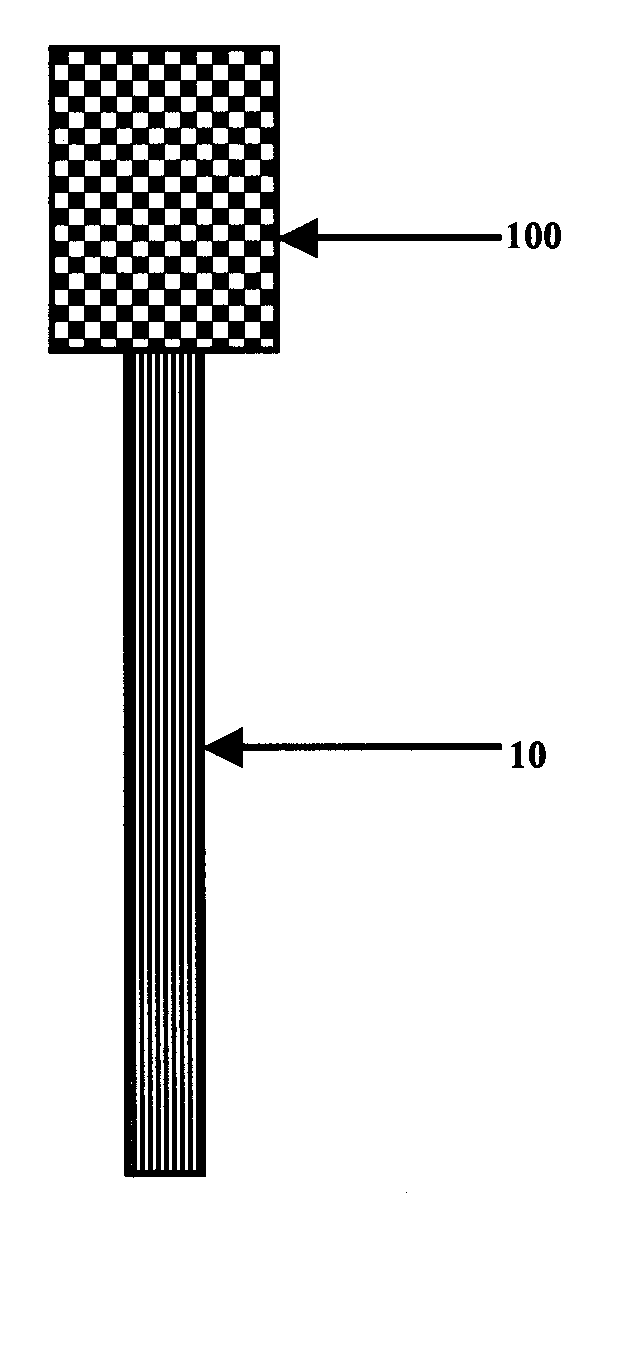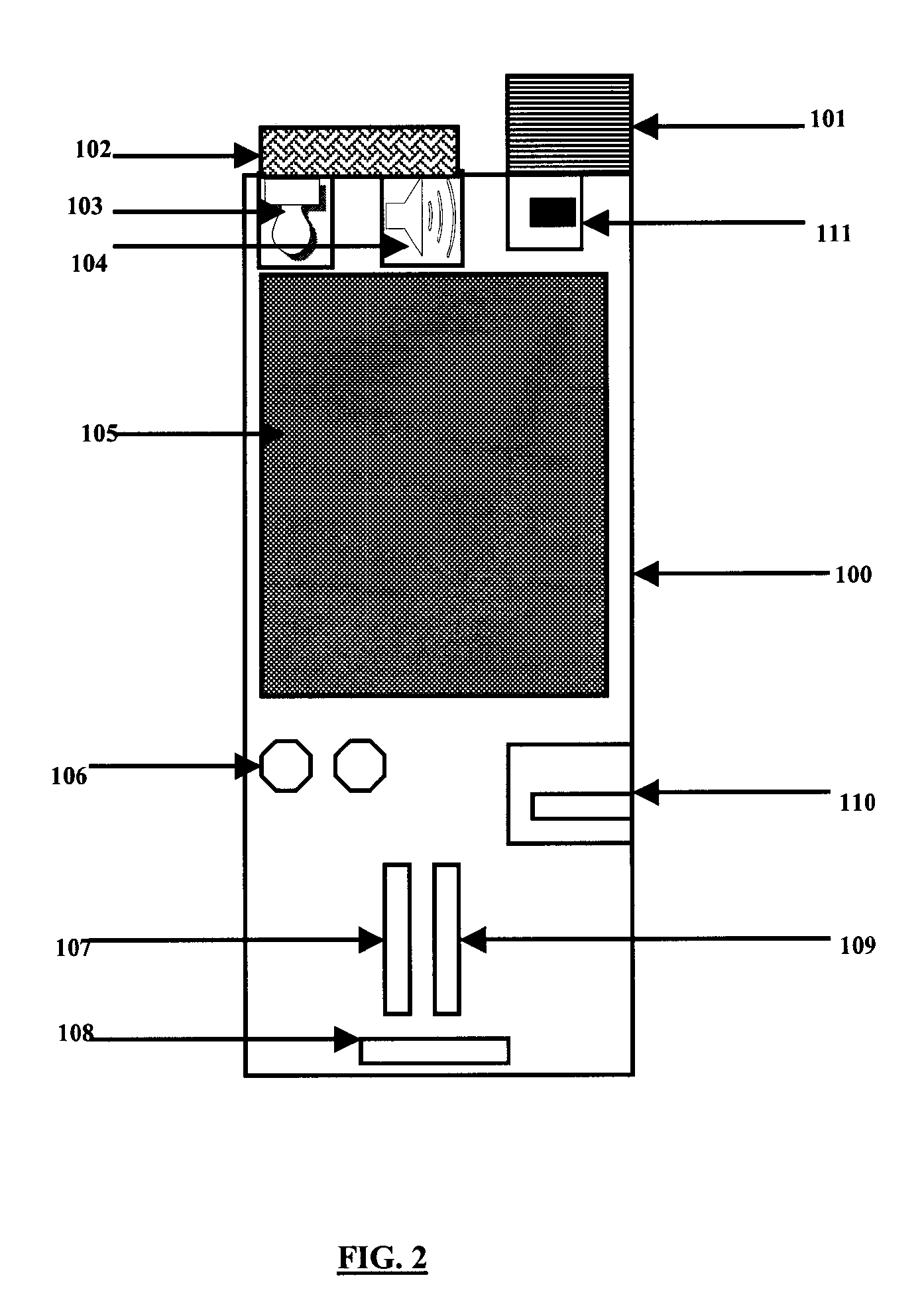Smart Parking Meter
a parking meter and intelligent technology, applied in the field of parking meters, can solve the problems of difficult monitoring of parking stalls for violations, tedious and laborious activity, and patrolling the meters, so as to improve driver compliance, increase revenue for municipalities, and reliably determine the identity of parked vehicles
- Summary
- Abstract
- Description
- Claims
- Application Information
AI Technical Summary
Benefits of technology
Problems solved by technology
Method used
Image
Examples
Embodiment Construction
[0024] The parking enforcement system of the present invention utilizes radiofrequency identification (RFID) technology. RFID technology is a radio communication system that communicates between a radio transceiver, called an ‘Interrogator’ or ‘Reader’, and a number of inexpensive devices denoted as ‘Tags’ or ‘Transponders’. RF tags provide a means of obtaining data without direct contact such as is needed with magnetic strip or bar code technology. Such tags have been around for some time. U.S. Pat. No. 3,713,148 issued to Cardullo et al. on Jan. 23, 1973, and incorporated herein by reference, describes a tag, which includes a changeable or writable memory. The tags are self-contained in hermetically sealed capsules or laminates requiring no external power since they get power by rectifying the energy in a field created by the interrogator and storing the energy in capacitive-type circuitry. Nevertheless, some tags may be powered with small batteries. RF tags come in a variety of e...
PUM
 Login to View More
Login to View More Abstract
Description
Claims
Application Information
 Login to View More
Login to View More - R&D
- Intellectual Property
- Life Sciences
- Materials
- Tech Scout
- Unparalleled Data Quality
- Higher Quality Content
- 60% Fewer Hallucinations
Browse by: Latest US Patents, China's latest patents, Technical Efficacy Thesaurus, Application Domain, Technology Topic, Popular Technical Reports.
© 2025 PatSnap. All rights reserved.Legal|Privacy policy|Modern Slavery Act Transparency Statement|Sitemap|About US| Contact US: help@patsnap.com



